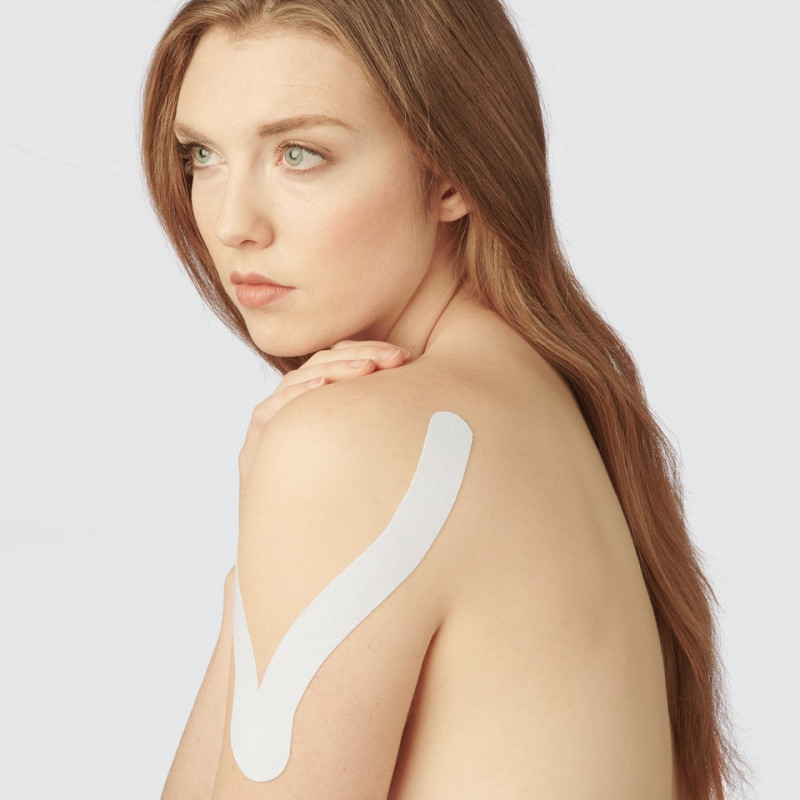

“The lifting from the tape increases that interstitial space and allows for decreased inflammation in the affected area,” Yu says.
#K tape skin
When the lymphatic and fluid system is congested with inflammation, various chemicals accumulate in the interstitial space (the fluid-filled space between the cell membrane and skin or muscles and the circulatory system) ultimately resulting in pain. While it’s not visible to the naked eye, KT tape can alleviate pain and flush lymphatic drainage (the network of vessels and organs under your skin) by microscopically lifting the skin from the tissue, says Yu.
#K tape how to
You may still be a little skeptical, but here’s everything you need to know about KT tape, what it does, and how to apply it safely, according to experts. “In the physical therapy realm, it's commonly used in the earlier stages of pain, inflammation, and swelling.” Not to mention, KT tape is an accessible and affordable care option that is a relatively quick and easy pain-management tool you can use at home, she adds. While it’s mostly seen on athletes, it serves a wide variety of therapeutic purposes, says Winnie Yu, DPT, CPT, a physical therapist and certified personal trainer at BeSpoke Treatments. Play icon The triangle icon that indicates to play Winnie Yu, DPT, CPT, is a physical therapist and certified personal trainer at BeSpoke Treatments. Meet the experts: Katherine Campbell, DPT, CPT, is a physical therapist and certified personal trainer at Blue Iron Physio. “KT tape was created to move with your body and ‘lift up’, while also being able to withstand physical activity,” she adds. Kinesiology tape (known as KT tape) is an ultra-flexible, adhesive tape applied on the skin to support your tendons, joints, and/or muscles, and was created in the early 1970s to mimic the elasticity of human skin, says Katherine Campbell, DPT, CPT, a physical therapist and certified personal trainer at Blue Iron Physio. After my stint as a collegiate pole vaulter my shins were trashed from years of pounding on hard surfaces. That quickly changed when my athletic trainer suggested applying hot pink tape for my shin splints. You’ve likely seen athletes decorated in patterns of colorful tape on their knees, shins, quads, and shoulders, and thought, does that really do anything? I was right there with you.


 0 kommentar(er)
0 kommentar(er)
